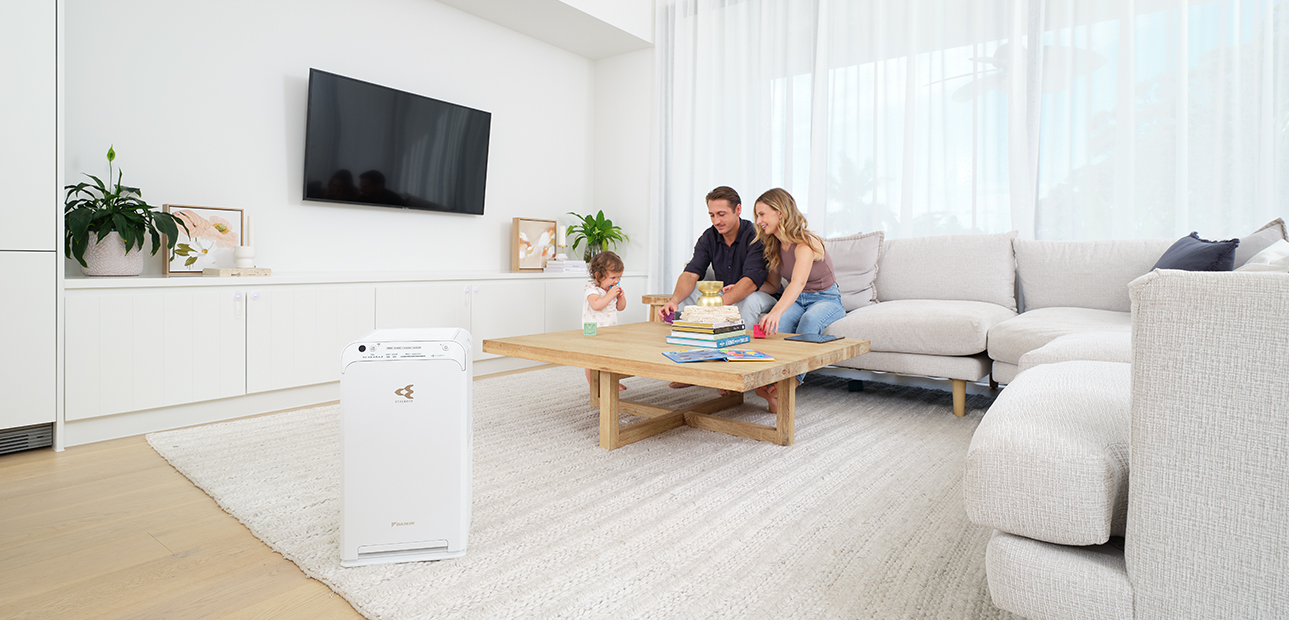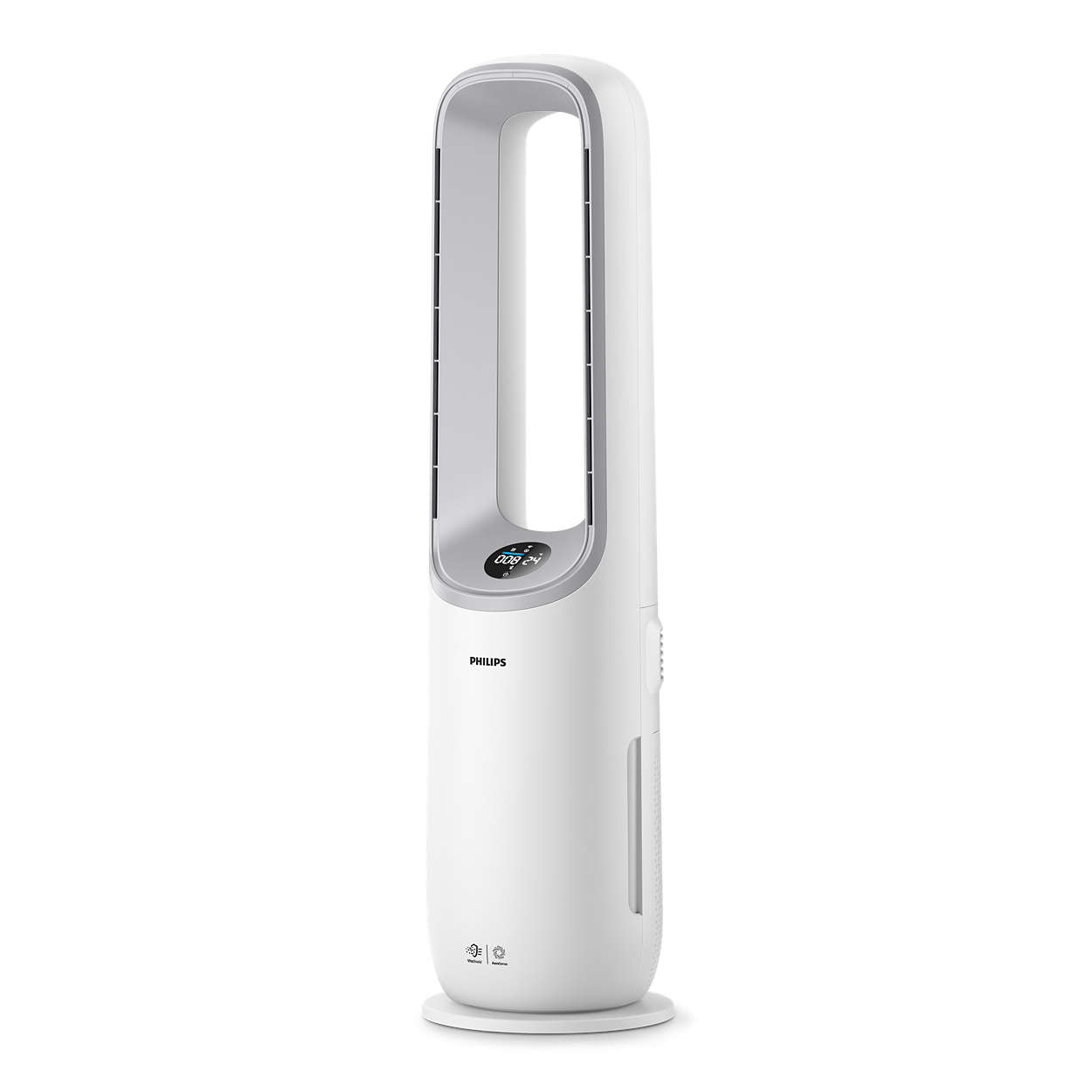Featured
Table of Contents
- – Understanding Mold and Its Wellness Results
- – Can Air Purifiers Aid Reduce Mold And Mildew?
- – The Science Behind Air Purifiers and Mold And...
- – Are Air Purifiers Right for You When Fighting...
- – A Multi-Pronged Method to Conquering Mold
- – Living Mold-Free: Beyond Air Purifiers
- – When to Hire the Specialists
- – Final Thought: A Breath of Fresh Air and a Mo...

Mold development in your home can be an actual worry. Not only does it develop unsightly black patches and stuffy odors, but it can additionally activate allergy signs and symptoms and respiratory issues. Air cleansers are usually suggested as an option, encouraging cleaner air and decreased direct exposure to mold and mildew spores. Are air purifiers genuinely worth it in the fight against mold and mildew? This comprehensive guide checks out the science behind mold, the function of air cleansers, and the elements to consider when choosing.
Understanding Mold and Its Wellness Results
Before delving right into air cleansers, allow's clarify mold and mildew and its possible wellness risks:
- Mold And Mildew Fundamentals: Mold is a fungi that grows in damp environments. It replicates by launching spores right into the air, which can be inhaled and create numerous health and wellness troubles.
- Wellness Problems: Exposure to mold spores can activate allergic reaction signs and symptoms like sneezing, coughing, itchy eyes, and a drippy nose. Sometimes, mold and mildew exposure can likewise lead to respiratory infections and get worse existing breathing problems like asthma.
- Mold Doesn't Discriminate: While some people are a lot more delicate to mold than others, any person can experience illness from long term direct exposure.
Can Air Purifiers Aid Reduce Mold And Mildew?
Air cleansers can play a role in handling mold and mildew, but it is very important to understand their restrictions:

- Capturing Spores: Air purifiers with HEPA filters can effectively capture mold spores circulating airborne. This can help minimize exposure and potentially alleviate allergic reaction signs and symptoms.
- Minimal Influence On Resource: Air cleansers don't remove the source of the mold and mildew trouble. Mold and mildew removal is crucial to address the origin and avoid further growth.
- Dampness Control is Key: Mold and mildew thrives in damp settings. Air purifiers don't deal with moisture issues. Without attending to the underlying dampness issue, mold and mildew will likely return.
The Science Behind Air Purifiers and Mold And Mildew
While air purifiers can't eliminate mold and mildew itself, some research recommends they can be a valuable tool in taking care of mold exposure:
- A 2012 research released in the journal "Building and Environment" located that air cleansers with HEPA filters significantly lowered airborne mold spore focus in a test atmosphere.
- A 2015 review published in the journal "Current Allergy and Asthma Reports" wrapped up that air cleansers, alongside other mold removal approaches, can be useful in decreasing mold-related signs and symptoms in allergic people.
However, it's important to note some restrictions:
- HEPA Filter Effectiveness: HEPA filters are not 100% reliable at catching all mold and mildew spores, specifically really small ones.
- Filter Upkeep: Regularly replacing HEPA filters according to the manufacturer's guidelines is essential for keeping optimal efficiency. Blocked filters lose performance.
Are Air Purifiers Right for You When Fighting Mold and mildew? Aspects to Think About
Right here are some essential elements to think about when determining if an air purifier is worth it for your mold circumstance:
- Intensity of Mold Growth: For small mold and mildew spots, resolving the wetness source and getting rid of the mold could be enough. Air purifiers could be less critical. For considerable mold and mildew growth, an air purifier can be a useful addition to your removal method.
- Health Issues: If you experience allergic reaction signs or respiratory issues believed to be mold-related, an air purifier can offer some relief and boost indoor air quality.
- Dealing with the Resource: Remember, air purifiers are not a replacement for proper mold and mildew remediation. Determining and dealing with the resource of dampness that's triggering the mold growth is essential for a long-lasting remedy.
A Multi-Pronged Method to Conquering Mold
While air cleansers can be a handy tool, a thorough approach is key to winning the fight against mold and mildew:
- Dampness Control: The most important step is to recognize and deal with the resource of dampness that's permitting mold to expand. This may include dealing with dripping pipes, enhancing air flow in washrooms and kitchen areas, or resolving condensation concerns.
- Mold and mildew Removal: Professionals advise specialist mold remediation for substantial mold growth. They have the know-how and tools to safely remove mold and prevent further spread. For little mold patches, you may be able to take care of removal yourself, following safety guidelines.
- HEPA-Filtered Vacuuming: After mold removal, HEPA-filtered vacuuming can help get rid of continuing to be mold and mildew spores from surface areas.
- Air Purifier Integration: Once the resource of the mold and mildew is addressed and the mold itself is removed, an air purifier can be a beneficial device to catch staying airborne spores and improve interior air top quality.
Living Mold-Free: Beyond Air Purifiers
Below are some extra ideas to advertise a mold-free environment:
- Maintain Low Indoor Humidity: Aim for a humidity degree in between 30% and 50% utilizing a dehumidifier in damp climates. This assists stop mold development.
- Rise Air Flow: Enhance air circulation in your house by opening up home windows consistently and making use of exhaust followers in bathrooms and kitchens.
- Clean and Dry Damp Surfaces: Immediately tidy and completely dry any type of wet surface areas, such as spills or condensation, to avoid mold from settling.
- Frequently Examine Prone Areas: Take notice of areas prone to mold and mildew growth, like restrooms, basements, and attics. Frequently evaluate for signs of mold and address dampness issues promptly.
- Think About Mold-Resistant Materials: When restoring or changing structure materials, take into consideration making use of mold-resistant options, particularly in moisture-prone locations.
When to Hire the Specialists
While some mold and mildew remediation tasks can be tackled by yourself for little mold and mildew spots, there are circumstances where specialist assistance is critical:
- Extensive Mold And Mildew Development: If you uncover a big area of mold and mildew development, especially if it covers greater than 10 square feet, it's ideal to call a professional mold removal business. They have the know-how and tools to securely eliminate the mold and mildew and prevent additional spread.
- Health Problems: If you or your family members experience persistent breathing troubles or allergic reaction signs and symptoms presumed to be mold-related, consulting a healthcare professional and a mold remediation specialist is advised.
- Surprise Mold: If you presume mold growth behind wall surfaces or in crawlspaces, professional help is needed to locate and eliminate the mold safely and efficiently.
Final Thought: A Breath of Fresh Air and a Mold-Free Home
Mold and mildew development in your house can be a concerning problem, yet with the appropriate technique, you can win the fight and develop a much healthier living setting. While air cleansers can be a helpful device in handling mold and mildew exposure, remember they are not a standalone option. By dealing with the source of dampness, carrying out proper mold remediation methods, and including preventative procedures, you can breathe much easier in a mold-free home.
Additional Factors To Consider:
- Air Quality Screening: For severe mold and mildew troubles or if you have health and wellness worries, consider specialist air quality testing to assess mold spore levels and direct your removal efforts.
- Long-Term Tracking: After effective mold remediation, it's a good idea to check your home for indicators of reappearance, especially in areas previously susceptible to mold development.
By taking a positive strategy and combining these methods, you can produce a healthy and mold-free atmosphere for on your own and your household.
Table of Contents
- – Understanding Mold and Its Wellness Results
- – Can Air Purifiers Aid Reduce Mold And Mildew?
- – The Science Behind Air Purifiers and Mold And...
- – Are Air Purifiers Right for You When Fighting...
- – A Multi-Pronged Method to Conquering Mold
- – Living Mold-Free: Beyond Air Purifiers
- – When to Hire the Specialists
- – Final Thought: A Breath of Fresh Air and a Mo...
Latest Posts
Comprehending the Shift: Why Roseville is Phasing Out Gas
Understanding the Transition: Why sydney is Phasing Out Gas
Some Known Incorrect Statements About Are Yeti Rambler Tumblers Built For Dishwasher Durability?
More
Latest Posts
Comprehending the Shift: Why Roseville is Phasing Out Gas
Understanding the Transition: Why sydney is Phasing Out Gas
Some Known Incorrect Statements About Are Yeti Rambler Tumblers Built For Dishwasher Durability?